1. 19th-Century Taxidermy Under Glass Domes
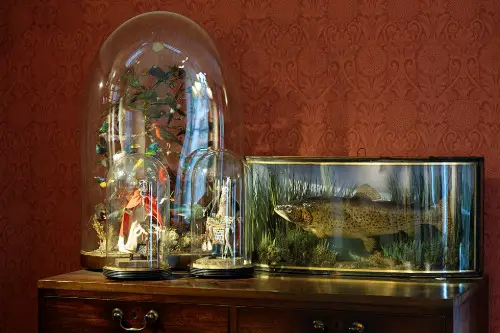
These whimsical birds or rodents in staged poses look like Victorian decor eccentricities. But many were part of popular “anthropomorphic” taxidermy trends—posing animals as people, often dressed or grouped in surreal tableaus. It was a strange blend of science, entertainment, and death. Imagination meets preservation.
Visitors might find them quirky or charming—until they realize those feathers aren’t faux. It’s part art, part artifact, part body. Nature turned narrative. Cute masks a carcass.
2. Civil War-Era Medical Instruments
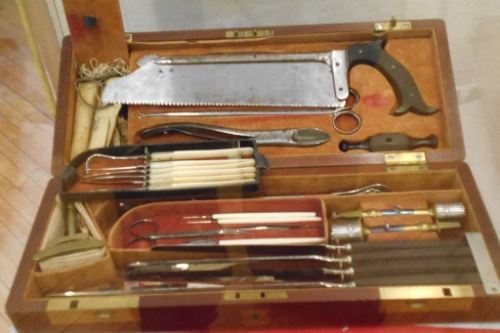
Polished brass scalpels, bone saws, and syringes often show up at flea markets looking eerily sci-fi. But many were used on battlefields without anesthesia or hygiene standards. You’re not just admiring a tool—you’re glimpsing 19th-century emergency surgery. Pain made portable.
In display cases, they seem like steampunk props. In reality, they witnessed trauma and desperation. Function met fear. Gruesome practicality behind gleaming metal.
3. Victorian Mourning Jewelry
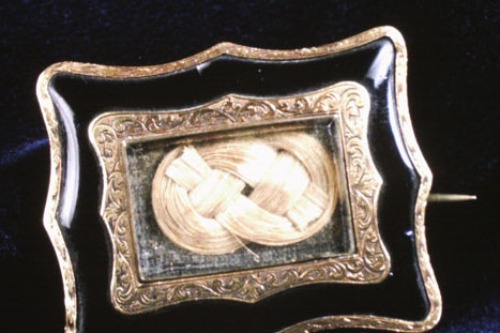
At first glance, it’s just a striking piece of black jet or intricately braided gold—but mourning jewelry was often made with the hair of a deceased loved one. Popularized during Queen Victoria’s long grief period after Prince Albert’s death, these pieces were worn as tribute and remembrance. Beautiful, yes—but deeply personal. You’re wearing memory itself.
To today’s eyes, it’s edgy and gothic. But its roots are solemn—love, loss, and the rituals of grief. It’s not just vintage—it’s emotional architecture. Elegance laced with mourning.
4. Vintage Asylum Furniture
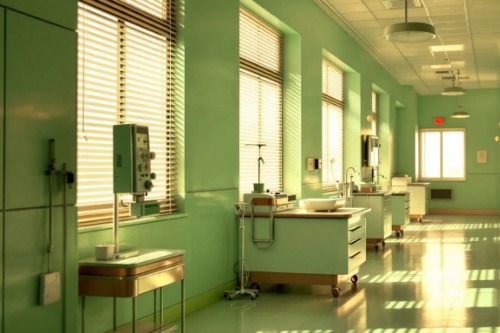
Old rocking chairs, restraint chairs, or wheeled carts sometimes show up in antique shops as rustic seating. But many came from psychiatric hospitals where treatment was anything but gentle. These pieces once witnessed isolation, sedation, and extreme control. Calmness cloaked coercion.
Rustic charm quickly fades when the context sets in. What looks “distressed” was part of a system that inflicted distress. Furniture with a heavy footprint. Beauty haunted by its past.
5. Funeral Plaques and Coffin Nameplates
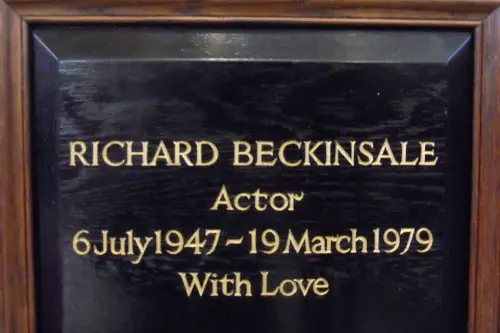
Cast-metal plates with ornate lettering feel graphic and moody—ideal for industrial walls or mantel decor. But they were once affixed to coffins, memorializing the deceased in burial or procession. You’re decorating with finality. Metal meets mortality.
Their typography draws collectors, but their purpose was closure. This wasn’t branding—it was goodbye. Death becomes design. The cool comes with a chill.
6. Veiled Portraits (Post-Mortem Photography)
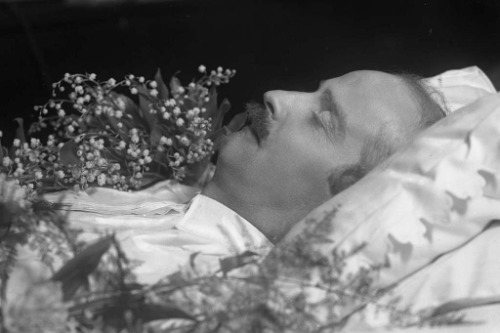
Sepia-toned family portraits with stiff poses and heavy clothes seem like historical formality—until you notice closed eyes or subtle body supports. Post-mortem photography was common in the 1800s, often portraying loved ones shortly after death. These weren’t family snapshots—they were final keepsakes. Stillness captured sorrow.
What feels antique was actually grief frozen in frame. Beauty hides bereavement. The line between memory and morbidity blurs. Every smile might be silent.
7. Poison Bottles with Decorative Embossing
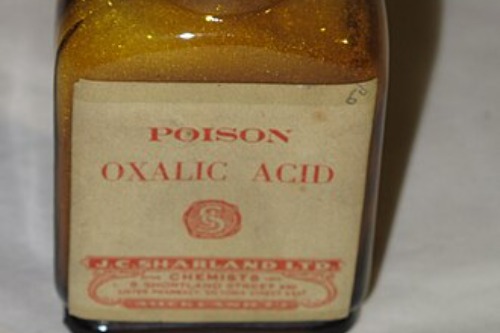
Tiny glass bottles with starburst ridges and bold lettering make charming shelf decor. But their shape and texture were designed to warn—many held arsenic or opium derivatives. Their look was a survival tool, not aesthetic. Grip meant danger.
Collectors adore their drama and typography, but the contents once silenced more than pain. The bottle was the boundary between healing and harm. Design cloaked dread. Pretty packaging, potent past.
8. Victorian Baby Carriages
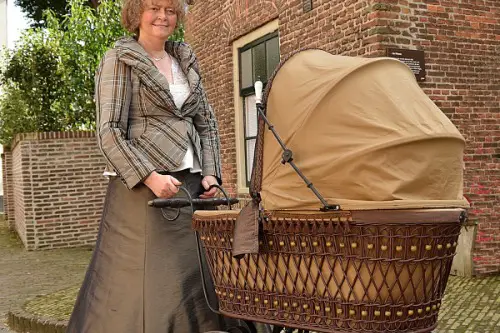
These oversized, wrought-iron prams with high wheels look dramatic and photogenic. But they were often poorly made, unsanitary, and prone to tipping—especially on cobblestone streets. Some had hard surfaces or restraints that seem unthinkable today. Nursery meets neglect.
Styled for status, not safety, these carriages walked a fine line. They were more pageantry than parenting. The aesthetics aged better than the ethics. Childhood on shaky wheels.
9. Apothecary Display Jars
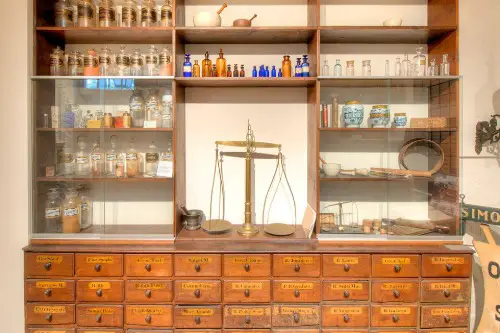
Beautiful glass jars with handwritten labels—belladonna, mercury, laudanum—are catnip for cottagecore shelves. But these were real working containers for potently toxic substances. Their elegance masked intensity. Your shelf once held risk.
In the right light, it’s just quaint chemistry. But backstory reveals a pharmaceutical wild west. Medicinal mystery meets modern caution. Vintage with venom.
10. Decorative Hair Wreaths
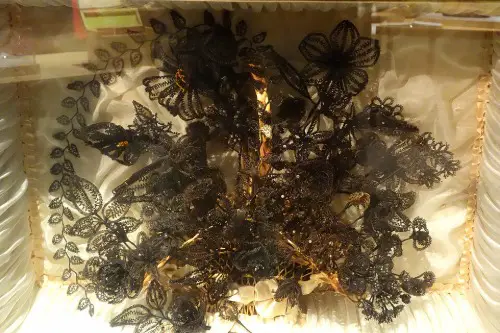
Intricate, floral-shaped wall hangings made from human hair were common Victorian keepsakes. Often crafted from a loved one’s locks, they were preserved under glass for display. They look like art—but they’re intimacy preserved. Memory made tactile.
These pieces are hauntingly beautiful but undeniably personal. You’re not just hanging a wreath—you’re showcasing a relic of mourning culture. Emotion disguised as ornament. Tenderness in tangle.
11. Antique Dentist Chairs
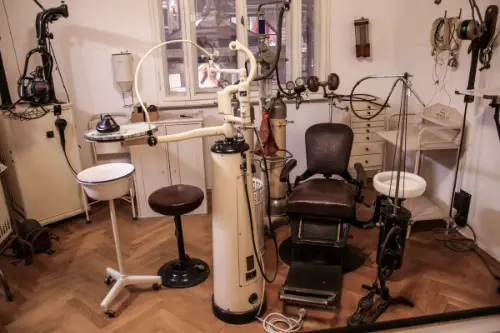
Heavy, cast-iron chairs with leather cushions and bright fixtures evoke steampunk vibes. But they once anchored patients during tooth extractions without anesthesia and with rudimentary tools. Their design prioritized access, not comfort. Dentistry met discomfort.
You admire the industrial silhouette, but its origins are grim. These were thrones of tension, not luxury. History sits uncomfortably. Polished pain in seat form.
This post 11 Antiques That Look Cool—Until You Learn Their Real Backstory was first published on Greenhouse Black.
